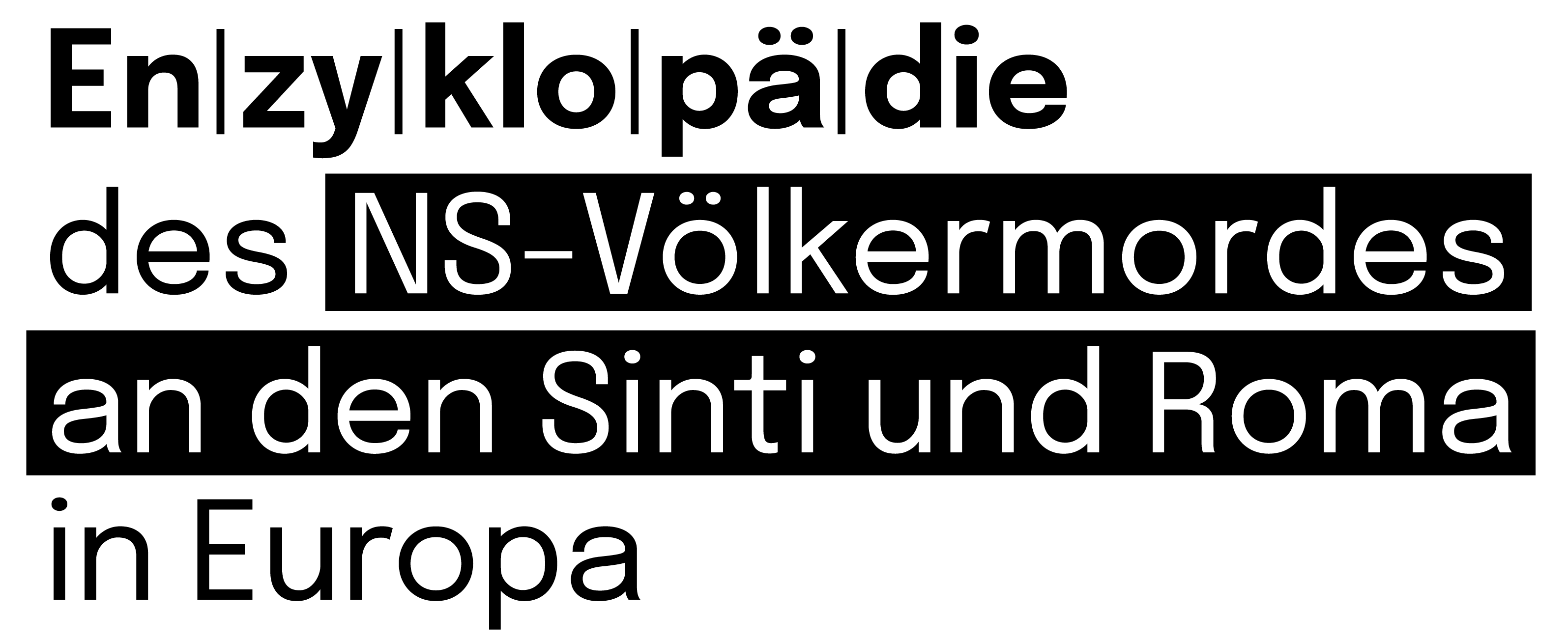The village of Agnone is in the province of Isernia (at that time in the province of Campobasso), Italy. In May 1940, the monastery of San Bernardino, which belonged to the diocese of Trivento, was designated as a concentration camp (campo di concentramento). The monastery stood in a remote area about one kilometre from Agnone.
It was initially intended to house around 150 internees, but this number was later reduced to 141 to make room for an infirmary and an isolation room. The building had several rooms, bathrooms and a dining room and was classed as being in good general condition, although there was no heating. The latter meant an additional burden for the internees in view of the harsh winters in the 800-metre-high location.
Internment of Sinti and Roma
From July 1940, the camp was used for the internment of nationals of the so-called enemy states and ‘foreign Jews’.1By Royal Decree Law of 17 November 1938, all Jews were stripped of their Italian citizenship if they had acquired it after 1 January 1919. These were later transferred to other camps when it was decided on 23 July 1941 that only ‘Gypsies’ were to be housed in the camp.2Archivio Centrale dello Stato (ACS) [Central State Archives], Ministero degli Interni (MI) [Ministry of the Interior], Direzione Generale Pubblica Sicurezza (DGPS) [Directorate General of Public Security], Divisione Affari Generali e Riservati (DAGER) [General and Secret Affairs Division], Massime, b. 117, fasc. Campobasso, s. fasc. Locali “La Manifattura Tabacchi” di Boiano, from MI, DGPS, DAGER, sez. II, to Prefettura di Campobasso and Ufficio Internati Stranieri, no. 442/20817, 23 luglio 1941 [23 July 1941], Oggetto: Campo di concentramento di Boiano – Soppressione [Subject: Boiano concentration camp – abolition].
Sinti and Roma who had previously been interned in the Bojano camp arrived between 16 and 24 August. When the camp was opened, three Carabinieri and two police officers were assigned to supervise it. In February 1942, as the number of internees increased, the allocation of four more Carabinieri was requested. Many internees attempted to escape, but they were usually caught again in one of the neighbouring villages and then had to serve several months in prison in the nearby town of Isernia.
At the instigation of the director of the camp—the official name given to the camp commandants under the Ministry of the Interior—a multi-grade school for children was set up in one room. The school’s department sent a volunteer teacher, who taught 21 children from January to June 1943. From August 1941 to September 1943, the total number of internees was 176, including the children born in the camp. They were Sinti and Roma with both Italian and foreign citizenship. According to the camp register, the 81 people with foreign citizenship included 45 members of the related Goman and Bogdan families with Croatian citizenship, 25 members of the related Campos and Lossetto families with Spanish citizenship, three Dutchmen, two Germans, two Belgians, one Frenchman, one Yugoslav woman born in Montenegro and two people born near Ljubljana, for whom the citizenship entry is replaced by a question mark.
Dissolution of the Camp
Sinti and Roma were ignored in the decision which the government of Pietro Badoglio (1871–1956) took in the summer of 1943 to liberate internees, and they had to remain in the concentration camps even after the announcement of the armistice (8 September 1943). Units of the German Wehrmacht which were deployed in the construction of a defensive line (‘Barbara position’) near Agnone, entered the San Bernardino monastery on 6 October 1943 and released the internees.
Some of them remained in the zone then liberated by the Allies and gradually made their way northwards as the Wehrmacht units retreated one by one. Others immediately tried to reach Veneto and Friuli, risking their lives in the face of the ongoing fighting and the constant danger of being apprehended by the authorities of the new Fascist government [Repubblica Sociale Italiana, RSI] or German units.
After the War
Immediately after the war, the San Bernardino monastery was converted into a boarding school, and from the 1970s onwards it served as a retirement home. A memorial plaque commemorating the concentration camp was erected in 2013 on the initiative of Sinti and Roma associations. A memorial service was held on 17 May 2018, attended by activists and relatives of the former internees.
The first witness account of the Agnone camp was given by the Slovenian Sintiza Zilka Heldt (biographical data unknown) and was published in 1975 by Donald Kenrick (1929–2015) and Grattan Puxon (born 1940). Zilka Heldt was arrested together with her family in the Province of Ljubljana when she was still a child. Her description of the internment in Agnone was not very negative, and her testimony, which was not adequately contextualised, indirectly contributed to the trivialisation of the persecution suffered by Sinti and Roma in Italy. The testimony of Bruno Zlato Levak (biographical data unknown), who tells of the hunger suffered in the camp, is completely different, as is that of Milka Goman (1920–2017), who was interned there with her child, who was only a few months old.
In the post-war period, the story of those interned in Agnone was largely forgotten. This lasted at least until 2005, when Milka Goman recounted her experiences to a group of researchers who were investigating ‘illegal settlements’ in Rome, where she also lived in her caravan. This led to Milka Goman’s ‘return’ to Agnone and her meeting with the mayor and local council, who awarded her honorary citizenship of the town.
Research in the town archives of Agnone had already begun in the late 1990s, on the initiative of a teacher, Francesco Paolo Tanzj, and students from Agnone’s secondary school. Today, there are a number of publications that tell of the experiences of Milka Goman and other Sinti and Roma families interned in Agnone.
On 27 January 2013, a memorial plaque was unveiled in Agnone to commemorate the internment of the Sinti and Roma.




